
Small Groups.

Secured
Payments

Local Guides.

Easy Payments
About Tanzania
Going on safari is undoubtedly one of the most exhilarating and memorable experiences you’re ever likely to have, so it pays to know what you should and should not do on safari.
It’s your holiday, but if you follow these simple do’s and don’ts, you’re going to have a fun, safe time and leave the country the way you found it so that future generations can also enjoy it.
Start With us?
Safari Information:Before you Leave
When to visit
There is no truly bad time to visit Tanzania; the optimum months depend on which parts of the country you plan to visit and your main interests.
Peak tourist season in the north coincides with the European winter, with Jan/Feb being particularly good, since it is when the wildebeest calve. The low season typically runs from mid-April to September, but tourism surges over June and July, when migratory activity peaks in the Serengeti and June. May, though sometimes wet, can be an excellent month to visit, with a good chance of catching the migration in the far south, and relatively few other tourists around.
The coast and offshore islands are best avoided over the high rainfall months of March to May. This hot and humid part of the country is most pleasant during the relatively cool and dry months of Jun-Oct, which is also when the risk of malaria is lowest.
The southern circuit is best between July and Nov, and should be avoided from April to June, when several lodges close in anticipation of the peak rainy season.
The dry months of March and September are generally rated best for trekking on Mount Kilimanjaro and Mt Meru, though both mountains can be climbed at any time of year.
November to April offers the best bird watching, with resident species supplemented by a number of Palaearctic and intra-African migrants.
Entry requirements
A valid passport is mandatory, and it shouldn’t expire within six months of your intended date of departure from Tanzania.
Visas are required by most visitors and cost US$30-60, depending on your nationality. They can be obtained on arrival at any international airport or land border – a straightforward procedure that requires no photographs, nor any other documentation aside from a passport.
A standard tourist visa is normally valid for three months after arrival and allows for multiple entries to Tanzania from neighbouring Kenya, Uganda and Rwanda, but not from other countries.
For those who prefer to arrange a visa in advance, Tanzanian embassies or high commissions exist in Angola, Belgium, Britain, Burundi, Canada, China, CIS, Congo, Egypt, Ethiopia, France, Germany, Guinea, India, Japan, Kenya, Mozambique, Namibia, Netherlands, Nigeria, Rwanda, Sudan, Sweden, Uganda, USA, Zambia and Zimbabwe.
Getting there
There are three international airports. Dar es Salaam is used by most international airlines, and is convenient for business travellers or those exploring the southern safari circuit. The mainland alternative is Kilimanjaro International Airport (KIA), which lies midway between Moshi and Arusha and is well placed as a springboard for safaris to the Serengeti and other northern reserves. Some international flights land at Zanzibar.
Air Tanzania, British Airways, Gulf Air, KLM, Lufthansa and Swissair all fly to Tanzania from Europe, while African airlines servicing Tanzania include EgyptAir, Ethiopian Airlines, Kenya Airways and South African Airways.
Once in Tanzania, a good network of domestic flights connects Kilimanjaro, Dar es Salaam and Zanzibar, as well as other less visited towns. Private airlines also run scheduled flights connecting to most parts of the country, including Dar es Salaam, Zanzibar, Pemba, Mafia, Serengeti (Grumeti and Seronera), Ngorongoro, Lake Manyara, Mwanza, Rubondo Island, Kigoma, Selous, Ruaha, Katavi and Mahale.
Many tourists land at Nairobi (Kenya) and then fly on to Arusha with any of several regional operators. Several safe and affordable shuttle bus services connect the two cities via Namanga border post, departing at around 08.00 and 14.00 daily and taking four hours in either direction.
Packing
Carry at least one change of shirt and underwear for every day you will be on safari, as it can be tedious to organise laundry en route. Dusty conditions practically enforce a daily change of clothes, so it can be a good idea to set aside one or two shirts for evening use only.
Shorts and a tee-shirt are perfectly adequate daytime wear on safari, but long trousers and warmer clothing might be required at night, to protect against cold and against mosquitoes. Socks and underwear should be made from natural fabrics.
Anybody who intends to climb Kilimanjaro should seek specialist advice about clothing from their operator.
The predominantly Islamic inhabitants of the coast and offshore islands are used to tourists and are reasonably tolerant of Western dress codes. Nevertheless, it is still advisable to err on the side of modesty, especially in urban settings and inhabited areas.
Binoculars are essential to watch distant wildlife in the game reserves. For most purposes, 7×21 compact binoculars will be fine, but birdwatchers will find a 10x magnification more useful, and should definitely carry a good field guide.
If you wear contact lenses, bring all the fluids you need, possibly a pair of glasses as a fallback – many safarigoers find the combination of sun, dust and dryness irritates their eyes.
Cash, travellers’ cheques, credit cards, passport and other important documentation are best carried in a money belt that can be hidden beneath your clothing. This should be made of cotton or another natural fabric, and the contents could be wrapped in plastic to protect it against sweat.
Other useful items include a torch, a penknife, a compact alarm clock and strong mosquito repellent.
Money
The unit of currency is the Tanzanian shilling, divided into 100 cents. The exchange rate of around US$1 = Tsh 2,285 is reasonably stable, but like most African currencies the shilling has steadily devalued against hard currencies in recent years. Bills come in denominations of Tsh 10000, 5000, 1000, 500 and 200, and is often very difficult to find change for larger bills, so carry a spread of notes.
Most safari companies and tourist-class hotels quote rates in US dollars, and many will expect to be paid in hard currency. National park fees and port and airport taxes must be paid in hard currency, and are treated as foreign exchange transactions. Otherwise, restaurant or bar bills, goods bought at a market or shop, and most other casual purchases are best paid for in local currency – indeed, service providers geared towards the local economy seldom have the facility to accept foreign banknotes.
Foreign currency cash and travellers cheques can be changed into Tanzanian shillings at any bank or bureau de change (known locally as forex bureaux). Banking hours are 08.30-12.30 on weekdays, staying open until 15.00 in larger towns, and 08.30 to 11.30 on Saturdays. Most private forex bureaux stay open until 16.00 or later, but deal in cash only.
The legalization of private forex bureau has killed off the black market that previously thrived in Tanzania, and you can assume anybody offering to change money on the street is a con artist.
US dollar bills printed before 2002, particularly larger denominations such as US$100 and US$50, may be refused by banks and forex bureaux.
Credit cards are widely accepted in at tourist-oriented shops and similar facilities in Arusha, Dar es Salaam and Zanzibar, as well as most game lodges and upper range hotels. They can also be used to draw cash directly from an ATM in Dar es Salaam, Arusha and Mwanza. Away from these few major centres and upmarket tourist lodges, cards are of limited use, and are best carried as a fallback than as a primary source of funds. Visa is the most widely accepted card by a long chalk, but MasterCard and American Express are also accepted at a limited number of outlets.
Photography
Wildlife photography will be very frustrating without a reasonably big lens, ideally 300mm or larger. Fixed fast lenses offer the best quality but are costly and cumbersome, so most people settle for a zoom, which allows you to play with composition without changing lenses. Tele-converters are a cheap and compact way to increase magnification, but incur a loss of quality.
A solid beanbag, which you can make yourself very cheaply, will help avoid blurred images when photographing wildlife from a vehicle. Another option is a clamp with a tripod head screwed on.
Plan ahead when it comes to charging digital camera batteries and storage devices. Most hotels/lodges have charging points, but it’s best to enquire in advance. When camping you might have to rely on charging from the car battery. Either way, make sure you have all the chargers, cables, converters with you, as well as sufficient memory space to store your photos.
Tanzanians generally find it unacceptable to be photographed without permission, and many people will expect a donation before they agree to be snapped. Don’t try to sneak photographs as you might get yourself into trouble, especially with the Maasai, who are very touchy about this.
Public holidays
In addition to Good Friday, Easter Monday, Idd-ul-Fitr, Islamic New Year and the Prophet’s Birthday, which fall on different dates every year, the following public holidays are taken in Tanzania:
January 1 New Year’s Day
January 12 Zanzibar Revolution Day
February 5 CCM Day
April 26 Union Day (anniversary of union between Tanganyika and Zanzibar
May 1 International Workers’ Day
July 7 Saba Saba (Peasants’) Day
August 8 Nane Nane (Farmers’) Day
October 14 Nyerere Memorial Day
December 9 Independence Day
December 25 Christmas Day
December 26 Boxing Day
Communications
Internet cafés are prolific in larger towns such as Dar es Salaam, Zanzibar, Arusha, Mwanza and Moshi, and browsing is faster and more affordable than in most African countries, though it may seem rather ponderous to Europeans used to ultra-fast broadband.
Internet access is not usually available in game reserves and national parks, and the few lodges that do offer browsing facilities or email services tend to charge very high rates. It will simplify matters greatly to warn people at home that you’ll be out of internet range whilst on safari.
International phone calls can be made at any TCC Extelcomms centre or up market hotel.
The satellite network for mobile phones is excellent in and around towns, but patchier in national parks and game reserves.
An alternative to paying the expensive international rates that apply to calls made from Tanzania on a non-Tanzanian mobile phone would be to buy a local SIM card and use the local pay-as-you-go service, which is very cheap for local and international calls and text messages.
Tanzanian numbers starting with 07 are mobile, while all other numbers are land lines. In both cases, the leading zero must be dropped and an international code of +255 added if you are dialling from outside of Tanzania (e.g. 0741 555555 becomes 00255 741 555555 dialled from the UK or other EU-countries).
Three zeros must be prefixed to any international number dialled from within Tanzania.
Accommodation
A good selection of accommodation, ranging from local budget guesthouses to world-class business and boutique hotels, is available in regularly visited urban centres such as Dar es Salaam, Arusha and Zanzibar, but hotels in less popular towns tend not to meet international standards.
Accommodation in the game reserves and national parks is almost uniformly excellent, and range from large and impersonal but well-run ‘hotels in the bush’ with up to 100 rooms, to exclusive tented camps that usually consist of 6-20 accommodation units.
Relatively affordable camping facilities are available in most National parks and reserves.
Food & drink
On safari, all meals are usually taken at your lodge or camp, and standards range from adequate to excellent. Most lodges offer a daily set menu, so it’s advisable to specify in advance if you are vegetarian or have other specific dietary requirements.
Most lodges offer the option of a packed breakfast and/or lunch box, which are variable in standard, but do allow you to eat on the trot rather than having to base game viewing hours around meal times.
In larger towns such as Dar es Salaam, Mwanza, Morogoro, Arusha and Moshi, several bespoke restaurants offer high quality international cuisine, with Indian eateries being particularly well represented.
Local staples include a stiff maize porridge called ugali or cooked plantain dish called matoke or batoke, both of which are typically served with a bland stews made with chicken, beef, mutton or beans. Excellent seafood is available along the coast.
The usual bottled soft drinks (known locally as sodas) are available. Around ten different lager beers are bottled locally, of which Castle, Kilimanjaro and Serengeti seem to be the most popular.
South African wines are widely available at lodges and hotels, and they are generally of a high standard and reasonably priced by international standards.
Craft shopping
Popular items include Makonde carvings, Tingatinga paintings, batiks, musical instruments, wooden spoons, and various small soapstone and malachite carvings.
The colourful vitenge (the singular of this is kitenge) worn by most Tanzanian women can be picked up cheaply at any market in the country.
The curio shops near the clock tower in Arusha are the best place to shop for curios, offering decent quality at competitive prices, bur a good selection is also available on Zanzibar and in many upmarket hotel shops.
Prices in shops are fixed, but those offered at stalls are highly negotiable. Unless you are good at bargaining, you may well end up paying more at a stall than you would in a shop!
Etiquette
Formal greetings are taken seriously; even if you speak no Swahili it is polite to greet somebody with a smiling ‘jambo’ or ‘habari’ before you enter into conversation.
It is considered poor taste for men and women to display open affection, for instance by holding hands in public, or kissing or embracing would be seriously offensive. Oddly, it is quite normal for friends of the same sex to walk around hand-in-hand.
In Islamic societies, it is considered offensive for a woman to expose her knees or shoulders, a custom that ought to be taken on board by female travellers, especially on parts of the coast where tourists remain a relative novelty.
It is customary to tip your guide at the end of a safari and or a Kilimanjaro climb, as well as any cook or porter that accompanies you. A figure of roughly US$5-10 per day is accepted as the benchmark, though it is advisable to check this in advance with your safari company.
In restaurants, a tip of anything from 5-15% would be acceptable, depending on the circumstances.
Crime
Crime levels are relatively low, though it’s wise not to walk around an unfamiliar town after dark – taxis are readily available.
The risk of casual theft is greatest in bus stations and markets, where you should avoid carrying loose valuables in your pocket or daypack
In any urban situation, try to avoid advertising your wealth in the form a dangling camera, expensive jewellery, handbag, or externally worn money-belt.
Health
The main concern is malaria. All visitors should take prophylactic drugs. It’s also strongly recommended to cover up in the evening, wear repellent, and sleep under a net or burn a coil to reduce the risk of bites.
Tap water is suspect, but mineral water is widely available and reasonably priced
Tanzania Visas information
All travelers who are not East African residents are required to obtain a visa for Tanzania. Happily, the process is a simple formality.
Visa requirements
If you opt to fly to Nairobi rather than direct to JRO you’ll need to take the Riverside Shuttle bus from Nairobi to Arusha. Passing through Kenya in this way you’ll require a Kenyan tourist visa which can be purchased at the airport when you land. A tourist visa for travelling to Kenya from Tanzania if opting to fly out from Nairobi, can be purchased at the Namanga border which you are required to cross, however if you entered Tanzania from Kenya on your way to Kilimanjaro then your original Kenyan visa will probably still be valid as nowadays Kenyan tourist visas are issued on multiple-entry basis.
Visa application
If flying direct to Tanzania however, although it is possible to purchase your visa on arrival at the kiosk on the right hand side of the arrivals foyer at Kilimanjaro International Airport, the Tanzanian High Commission advises visitors to apply for this in advance as they reserve the right to deny you a visa on arrival. UK citizens can download the Tanzanian visa application form from the UK Tanzanian Embassy’s website.
Visa costs
London residents are advised to apply in person by visiting the Tanzanian Embassy with their passports and payment in cash of GBP 38 (or GBP 43 for those wanting an express 24 hour return service with collection at 1500 the following working day). Those willing to take the risk involved with trying to obtain a visa at the border (we have only ever heard of a small handful of persons who had problems) should have USD 50 in cash if flying on a British passport, or USD 100 in cash if flying on a US passport. Those of other nationalities are advised to have USD 100 in cash ready, though in most cases the cost will be only USD 50.
Please note that the visa application can only be made within three months of the date of travel.
Office hours are Monday to Friday: 1000–1230.
TANZANIAN EMBASSY IN BRITAIN
3 Stratford Place, London, W1C 1AS
Tel.: +44 020 7569 1470
Fax: +44 020 7491 3710
tanzarep@tanzania-online.gov.uk
visa@tanzania-online.gov.uk.
www.tanzania-online.gov.uk
Tanzanian visa for American climbers
Embassy of the United Republic of Tanzania
2139 R Street NW, Washington D.C 20008
Telephone: (202)884-1080, (202)939-6125/7
Fax: (202)797-7408
Information about Tanzanian visas for Americans is available here.
Tanzanian visa for Canadian climbers
Embassy of the United Republic of Tanzania in Canada
50 Range Road Ottawa
Ontario
K1N 8J4
Canada
Phone:
+1-613-2321509
+1-613-7331349
Tanzanian visa for Australian climbers
Consulate of the United Republic of Tanzania
3rd Floor, MPH Building
23 Barrack Street
PERTH WA 6000
Honorary Consul: Mr Didier Murcia
Tel: +61 (0) 655 707 352
Fax:+61 (0) 655 707 352
Email:@maasailandexplorer.com. au
Hours of business 8.30am – 5.00pm Monday to Friday
Help with completing your Tanzanian tourist visa application form
When completing the visa application form some of the answers to the questions asked are not obvious. Below are suggested responses
Type of visa applied:
‘Tourist’
Port of entry:
‘JRO’ if arriving to Kilimanjaro International Airport
‘Namanga’ if arriving by Shuttle Bus from Nairobi
Means of financial support:
‘Cash and credit cards’
Reference in Tanzania:
MAASAI LAND EXPLORER, PO Box 275, Arusha, Tanzania.
NB: climbers staying at different hotels may still state Outpost as a reference.
Tel:
+ 255 655 707 352
Fax:
+ 255 655 707 352
Packing Gear List
Check Also Mt Kilimanjaro and Mt Meru gear list , Items can be hired from us by prior request.
To assist in shopping and packing it is helpful to print out a copy of this recommended kit list and tick off boxes as each item is acquired or packed. Please request a printable check-list from us if you feel this would be useful to have.
Baggage and Sleeping (not applicable to lodge safaris)
– Large Holdall, to contain everything you’ll need while on safari
– Daysack, 25-35 litres, for personal use while on safari; for ready-access items
– Sleeping Bag, rated to -10C if climbing Kili with us, or +5C if on safari only
– Waterproof rucksack liner or heavy duty plastic sack (only if incorporating a multi-day walking safari)
– Elasticated waterproof rucksack cover (only if incorporating a multi-day walking safari)
NB: sleeping mattresses are not required as we provide these for you.
Clothing
– Sweat-wicking T-shirts / vests
– Fleece.
– Insulated down jacket or similar, (only if climbing Kili or Oldonyo Lengai)
– Down mittens or similar, (only if climbing Kili or Oldonyo Lengai)
– Thermal long-johns for summit night, (only if climbing Kili or Oldonyo Lengai)
– Lightweight walking trousers (for active safaris that incorporate hunting or trekking, avoid jeans or heavy cotton as they chafe and dry slowly)
– Underwear (briefs are usually better than boxer shorts which gather and chafe)
– Very good quality hiking socks and thin liner socks. (We advise that socks should be at least a size too small otherwise they stretch and bunch causing blisters)
– Breathable lightweight waterproofs – jacket and trousers, (for active safaris that incorporate hunting or trekking),
– Waterproof walking boots, sturdy and worn-in, (if your safari incorporates active elements – otherwise comfortable leather shoes will suffice)
– Calf gaiters, (for ascents of Kili or Oldonyo Lengai only)
– Balaclava, (for ascents of Kili or Oldonyo Lengai only)
– Wide brimmed sun hat to protect face, ears and neck
Hygiene
– Toothbrush, toothpaste & deodorant
– Flat packed Wet Ones, travel wipes, or similar for personal hygiene on the mountain.
– Kleenex tissues in plastic travel pouches or toilet paper
– Hairbrush / comb
– Sanitary products
– Lip salve with UV protection
– Vaseline, to prevent chafing skin and heel friction blisters
Health
– Malaria Tablets (if you choose to take these. Most will seek advice from their GP. Note: some anti-malarial courses need to commence several weeks before departure
– Sun cream.
Note: some argue that most sun creams are carcinogenic and either organic sun barriers or loose fitting clothes that cover the skin are regarded by many as preferable.
Documents
– Passport (with additional 6 months’ validity after proposed trip return date)
– Tanzanian Entry Visa. (If flying to Nairobi and taking the bus to Arusha, Kenyan visas can be bought on arrival at Nairobi airport.)
– Air Travel Documents
– Cash in US dollars in denominations of $10 and $20 (tipping allowance and local purchases, taxis, meals, etc)
– Credit Cards (recommended for eventualities only & obtaining extra cash from ATMs)
– Travel Insurance Documents
– Vaccination Certificates (where applicable)
– Traveler’s Cheques are not recommended as they are subject to extremely poor conversion rates in Arusha.
Other stuff
– Camera and film or Digital Camera and spare memory cards & batteries & charger
– Sunglasses with UV-filter lenses
– High energy snacks (Cereal bars, dried fruit and nuts)
– Spare Contact Lenses and fluid, if worn
– Watch
– Head torch with spare batteries
– Water bottles & Camelbak (3 litres carrying capacity if climbing)
– Water Purification Tablets / Iodine drops
– Ear Plugs (in the event of attempting to sleep near barking dogs)
– Plastic bags (for dirty washing, used wrappers, etc.)
– Telescopic walking poles (optional – and for use on active safaris & climbs only)
– Mobile phone. There is signal reception in much of the national parks and safari areas. Note: It is a very good idea to unlock your phone before you come out so that a local SIM card can be used. This will make calls home very inexpensive.
Personal Small First Aid Kit
– Pain Killers (Ibuprofen)
– Diamox (Acetazolamide) if you are climbing KIlimanjaro
– Paracetamol
– Zinc oxide tape and small scissors.
– Compeed Blister Pads
– Immodium / Loperamide anti-diarrhoea tablets
– Any medication you normally use
– Dioralyte sachets or similar re-hydration packs.
Note that your guide or safari liaison will carry a more comprehensive medical kit containing additional Acetazolamide, Ibuprofen, Anti-inflammatory gel, bandages, Loperamide, Amoxycilin, Oral Dexamethasone, and several other items.
Specialist Equipment for Hunters & Survivalists
– Small, sharp, strong high-quality lock-knife. STT recommends Buck Knives. But please don’t bring a very expensive model.
– Leather-palmed fingerless gloves (unless you have very tough skin on your hands)
– Goggles – only for those requesting a night hunt, as torches cannot be used once we are near to the prey, and the risk of damage to unprotected eyes by thorns is high
– Knee and elbow pads are not strictly necessary, however serious survivalists or Special Forces students who will be spending several days in Eyasi and wish to perfect their bush CTR & closing skills, may benefit from this protection.
Note: Please bear in mind that while the Hadzabe only wear a leather skin for protection (and sometimes not even that), they are very robust and are willing to accept the risk of injury perhaps more readily than most of the rest of us.
Our Happy Clients!
Our Tanzania trip was fabulous. Spotting the Tree-climbing lions and Black Rhino was unforgettable. Thanks for fulfilling our dreams. We’ll be back soon!
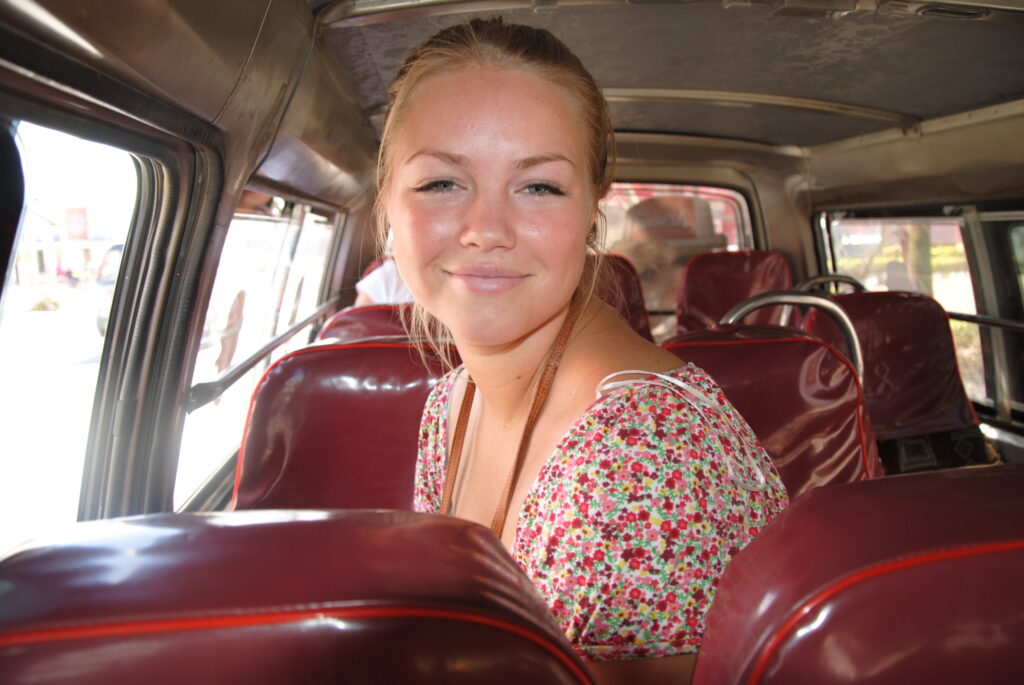
Clara Smith
Thank you, Maasai Land Wonders Team, for your exceptional care during my 3 Months Volunteering program. A thousand thanks for an unforgettable experience.
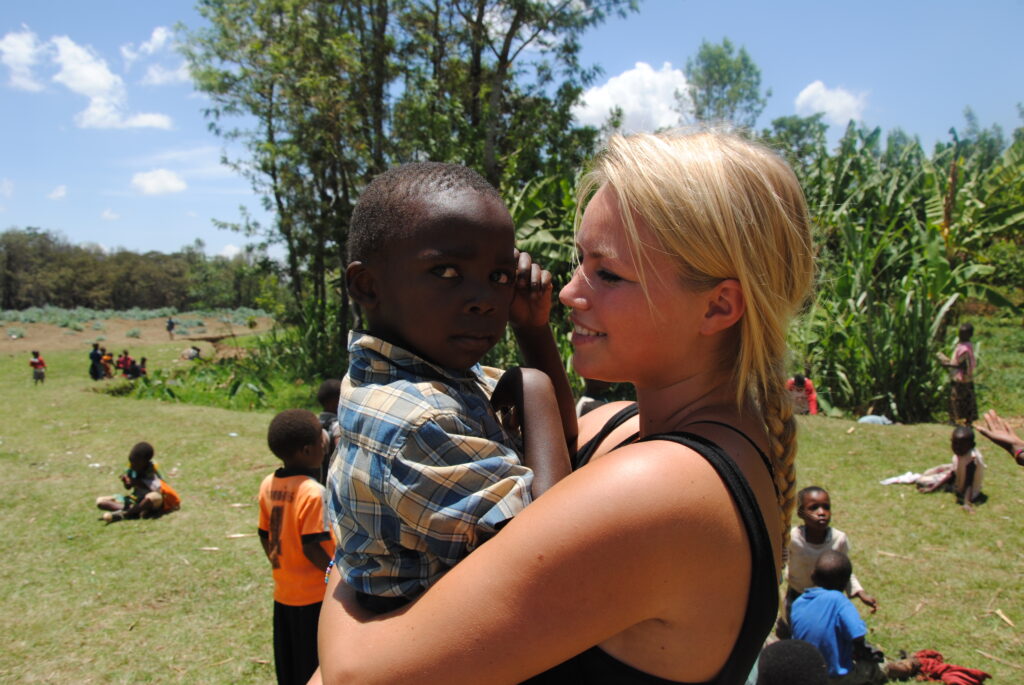
Shelly Barns
Thank you, Edwin and your team, for an amazing 7-day trip. Your personal care and dedication made it unforgettable. 1000 thanks!
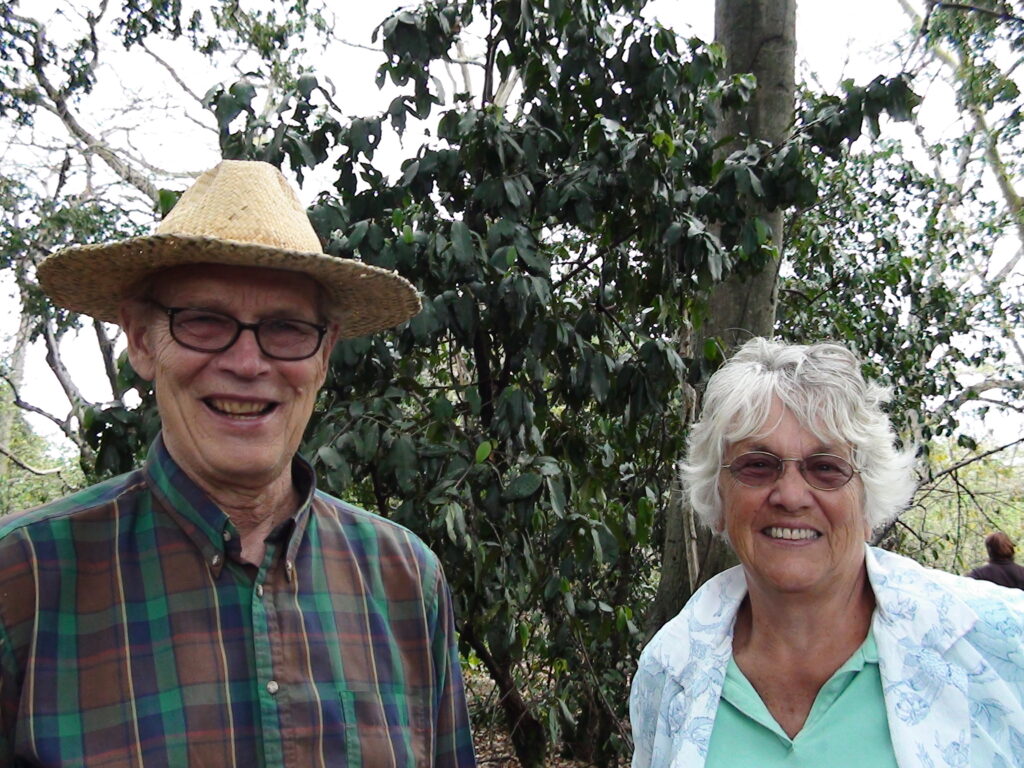
Jacob Luke
Contact us, We're at your Service.
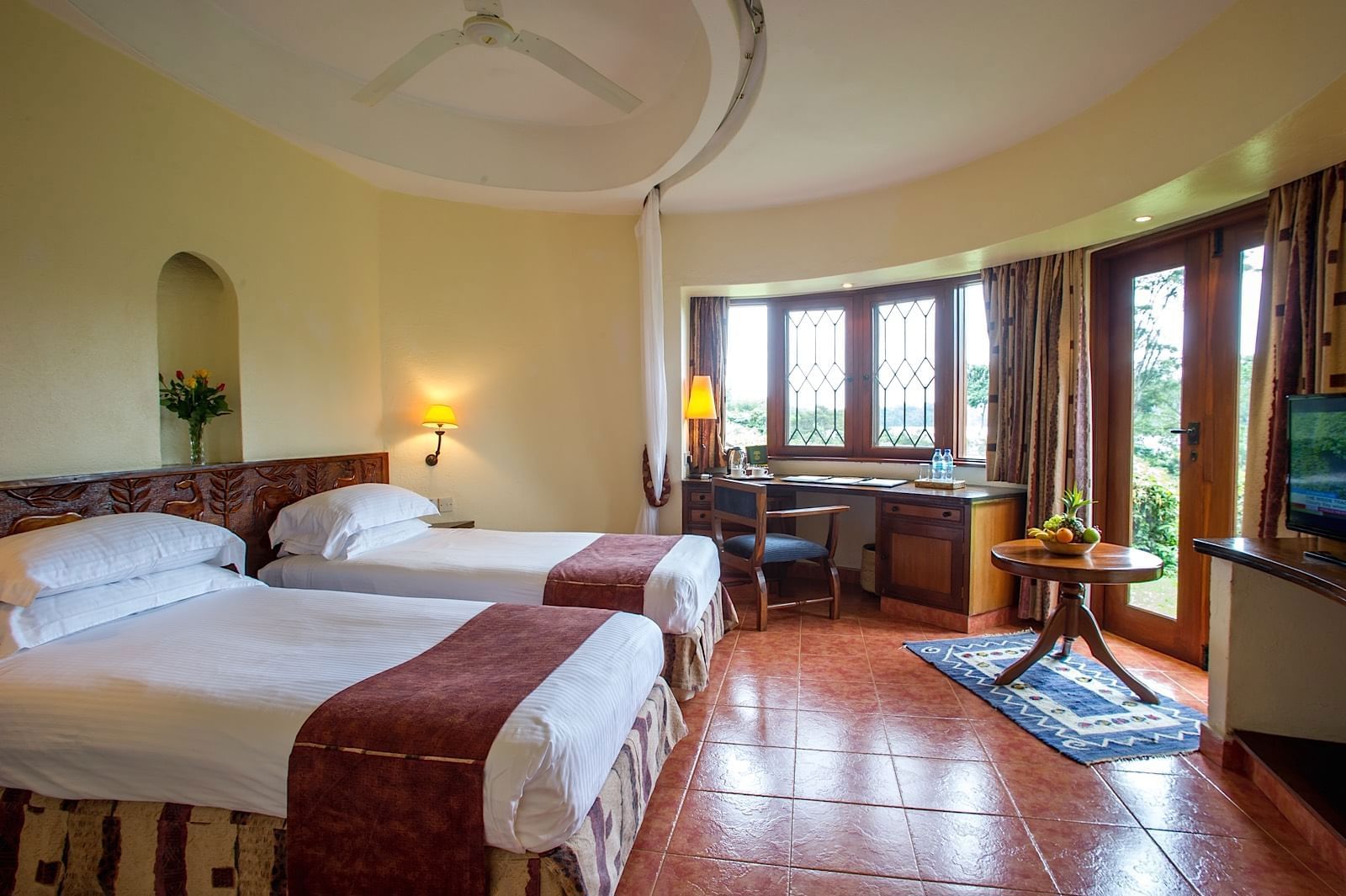
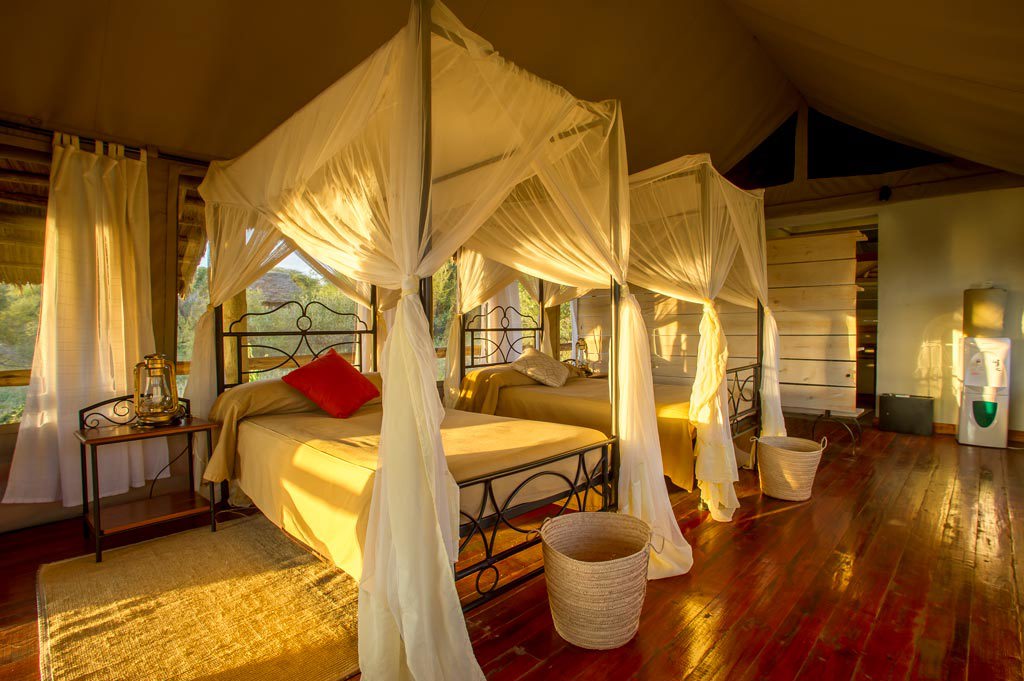
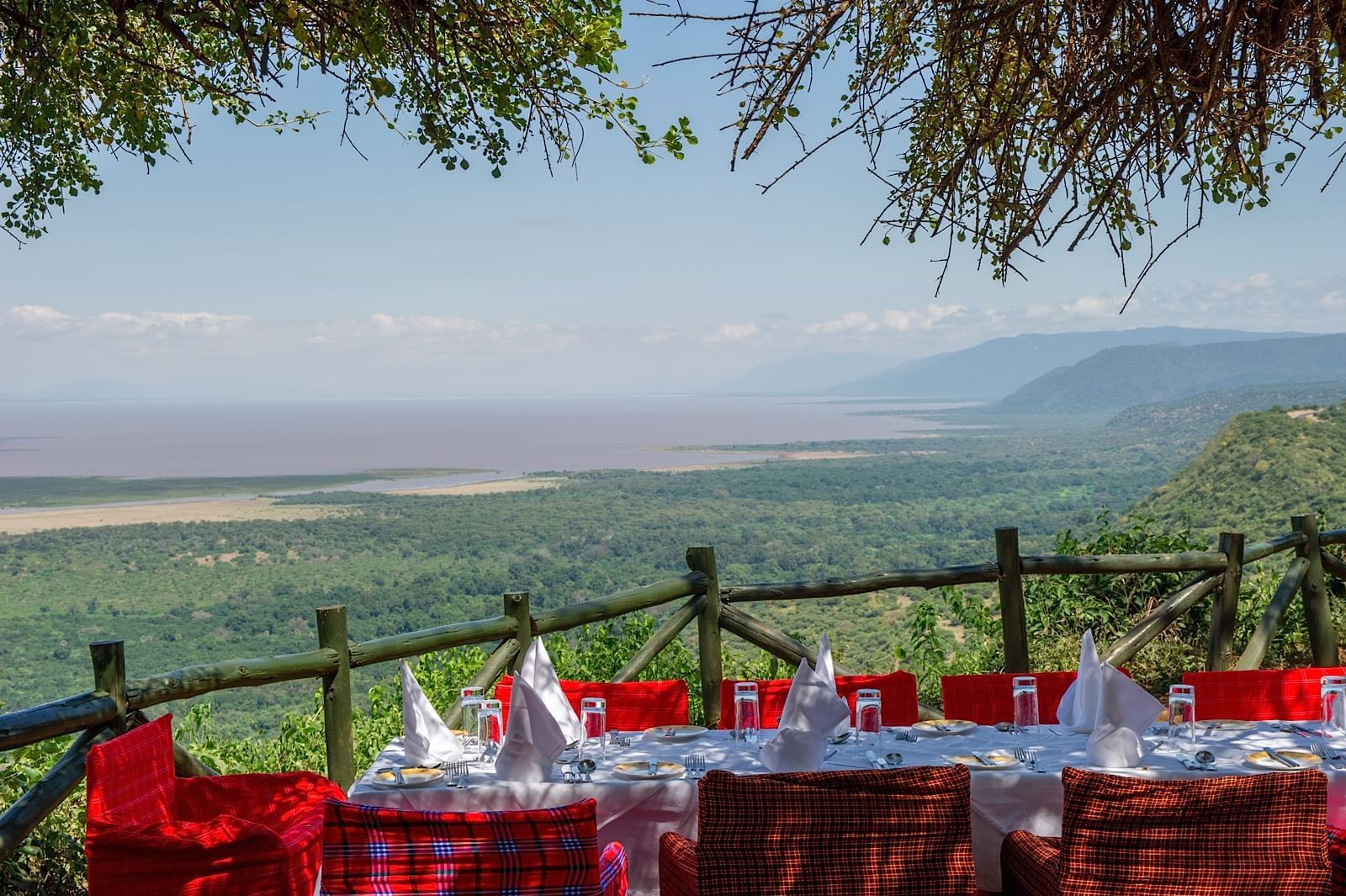
Trusted by:

